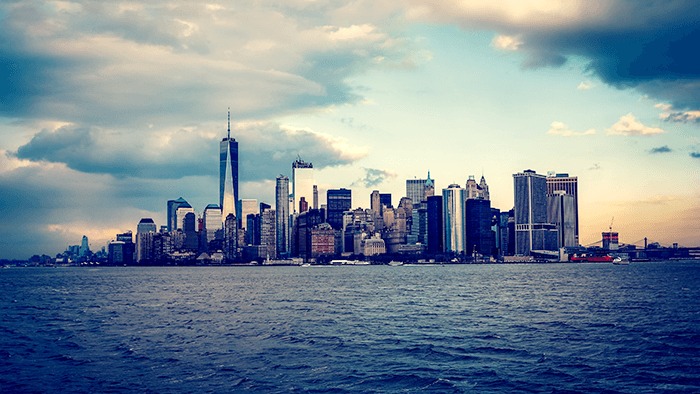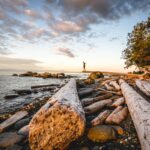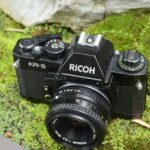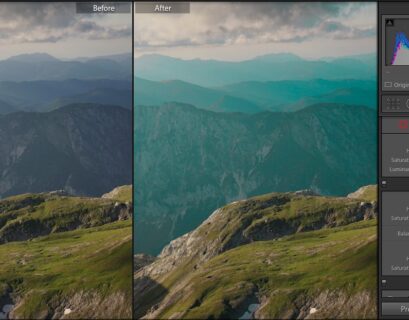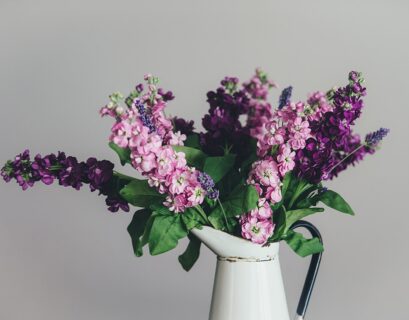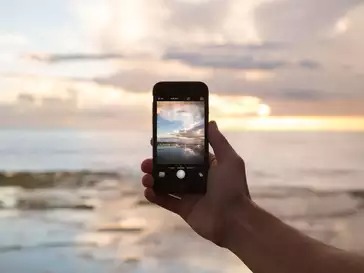As a photographer, capturing the essence of a cityscape can be a thrilling experience. With its unique blend of architecture, culture, and energy, a city offers a photographer a wealth of opportunities to create stunning images. However, taking a good photo of a cityscape requires more than just pointing your camera at the city and clicking the shutter. It demands a combination of technical skills, creativity, and an understanding of the urban landscape. In this article, we’ll explore the key elements to consider when taking a good photo of a cityscape.
Understanding the Cityscape
Before you start snapping away, take a moment to observe the cityscape. Look for interesting textures, shapes, and patterns. Notice the way the light falls on the buildings, the colors of the architecture, and the way the city’s infrastructure is laid out. This will help you identify potential photo opportunities and give you a sense of the city’s character.
Composition is Key
Composition is crucial when taking a photo of a cityscape. Consider the rule of thirds, where you divide the image into thirds both horizontally and vertically, and place important elements along those lines. This will help create a more balanced and visually appealing image. Look for leading lines, such as roads, rivers, or pedestrian paths, that can guide the viewer’s eye through the image. Pay attention to the negative space around the cityscape, as this can add depth and context to the image.
Lighting is Everything
Lighting is one of the most critical factors when taking a photo of a cityscape. Natural light, in particular, can add drama and interest to an image. Shoot during the golden hour, just before sunset, when the light is soft and warm. Avoid harsh midday sun, as this can create unflattering shadows and highlights. If you’re shooting at night, look for streetlights, neon signs, or other light sources to add depth and atmosphere to the image.
Camera Settings
When shooting a cityscape, it’s essential to use the right camera settings. Use a tripod to ensure stability and avoid camera shake. Set your camera to a low ISO (100-400) to minimize noise and ensure a sharp image. Use a wide-angle lens (between 10-24mm) to capture the city’s grandeur. Set your aperture to f/8 or f/11 to ensure a sharp image from front to back. Finally, use a slow shutter speed (around 1/30s to 1/60s) to create a sense of movement and blur in the image.
Including People
Including people in your cityscape photo can add a sense of scale and humanity to the image. Look for interesting characters, such as street performers, vendors, or tourists, and capture them in action. Be respectful of your subjects and ask for permission before taking their photo. Avoid including people who are not interested in being photographed, as this can create an uncomfortable atmosphere.
Post-Processing
Post-processing is an essential step in editing your cityscape photo. Adjust the exposure, contrast, and color balance to enhance the image. Use the healing brush tool to remove any blemishes or distractions. Apply a subtle vignette to draw the viewer’s eye to the center of the image. Finally, add a subtle grain or texture to give the image a more organic feel.
Conclusion
Taking a good photo of a cityscape requires a combination of technical skills, creativity, and an understanding of the urban landscape. By understanding the cityscape, composing your shot, using the right camera settings, including people, and post-processing your image, you can create stunning images that capture the essence of the city. Remember to stay curious, experiment with different techniques, and always keep your camera ready to capture the perfect shot.

